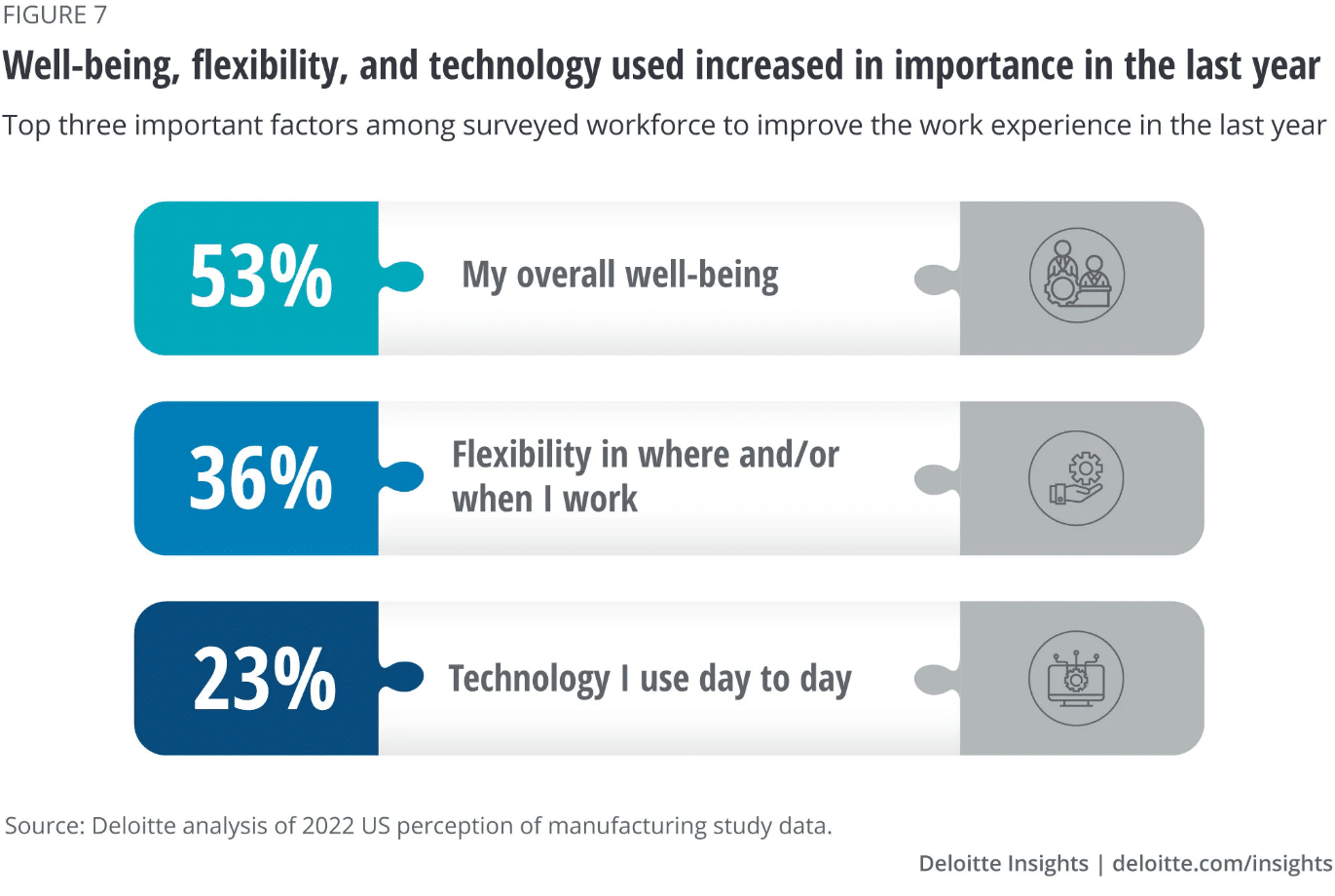Deloitte surveyed employees in 2022 to understand the factors that could improve their work experience. The results shown in Figure 3 highlight the top factors influencing worker perception of the work experience. Unsurprisingly, overall well-being is number one followed by a factor influenced by COVID-19 experience, namely the flexibility to work at home. But the most interesting is the third factor, namely the technology that employees use every day. 23% or nearly 1 in 4 indicated that technology plays an important role for work experience. Many refer to this concept as Digital Employee eXperience (DEX).
Many employees rely on various technologies, increasingly digital technologies, in order to perform their work. While digital technology is designed to automate work processes and improve efficiency, bad design, siloed technology implementations and poor training can lead to frustrating work experiences.
DEX refers to the way that employees interact with digital tools, systems, and processes in the workplace. It encompasses all of the digital touchpoints that employees encounter as they perform their work, including communication tools, collaboration platforms, productivity tools, and HR systems.
A positive DEX is one that is seamless, intuitive, and engaging, and that helps employees perform their work efficiently and effectively. A negative DEX, on the other hand, can be frustrating, confusing, and disjointed, and can hinder employee productivity and engagement.
Improving the Digital Employee Experience is an important goal for many organizations, as it can help improve employee productivity, engagement, and satisfaction.
Organizations can improve the DEX in a number of ways, including:
- Ensuring that digital tools and systems are easy to use and intuitive
- Providing training and support to help employees get the most out of digital tools and systems
- Creating a culture of digital literacy and continuous learning
- Ensuring that digital tools and systems are integrated and work seamlessly together
- Seeking feedback from employees on their DEX and using that feedback to make improvements
Overall, the DEX is an important aspect of the employee experience and can have a significant impact on employee productivity, engagement, and satisfaction.



